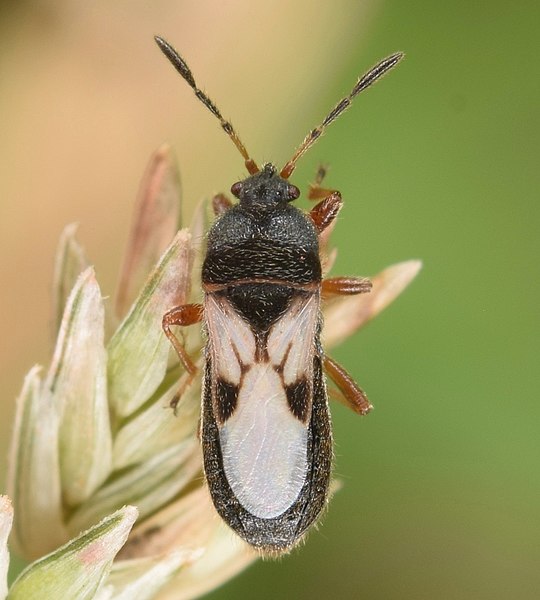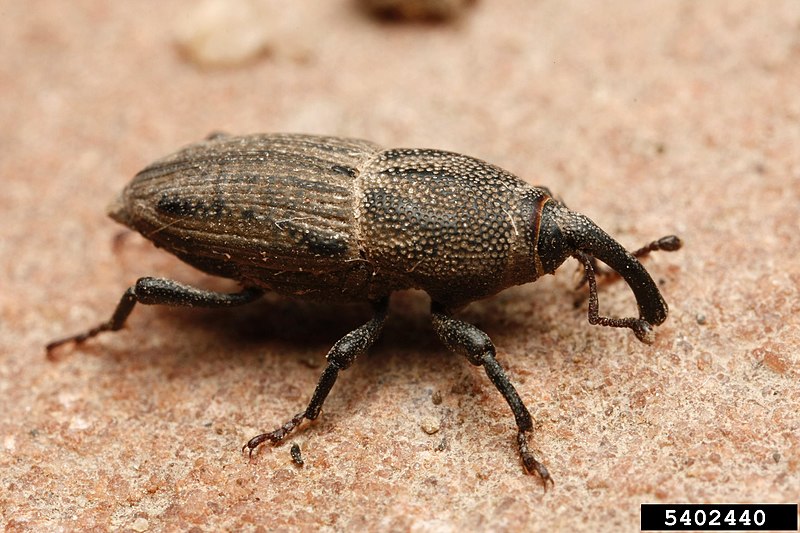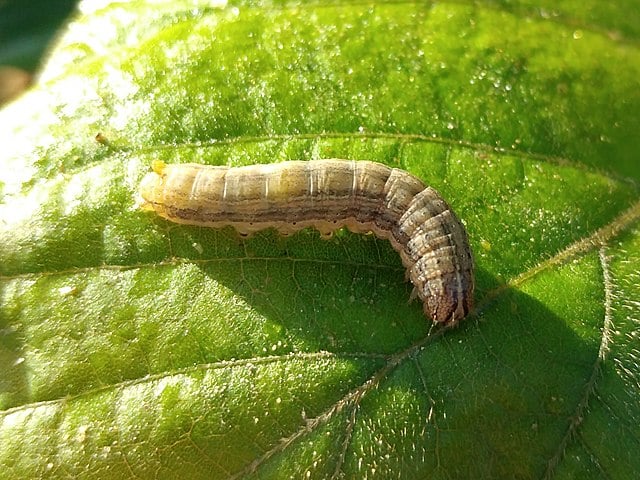/TurfPrideSpring2022(WebOptimized)-350.jpg)
4 Common Lawn Pests in Northeast Ohio & How to Control Them
A healthy, green lawn is every Northeast Ohio homeowner’s pride. But when brown patches appear or your grass feels soft and spongy, it’s easy to panic. The truth? Tiny insects could be quietly feeding below the surface.
Most lawn pests start small and stay hidden until the damage is obvious. By the time you notice thinning areas or dead patches, they’ve already been feeding for weeks. Understanding which common lawn insects in Ohio are most active — and how to manage them — is the first step toward protecting your yard.
Below are four of the most frequent culprits Turf Pride encounters in Northeast Ohio lawns, plus expert tips on how to recognize and control them.
/TurfPrideSpring2022(WebOptimized)-281.jpg?width=872&height=491&name=TurfPrideSpring2022(WebOptimized)-281.jpg)
1. Grubs — the Root Eaters
Grubs are the larvae of beetles like Japanese Beetles and June Bugs. They live underground, chewing through grass roots and cutting off the turf’s ability to take in water and nutrients.
Signs of Grub Damage
- Irregular brown patches that don't green up with water
- Turf that lifts easily from the soil like a carpet
- Increased bird or animal activity (digging for grubs)
/Live%20Website%20Images/close-up-grubs.jpg?width=1280&height=960&name=close-up-grubs.jpg)
Best Time for Grub Control
May through early July is ideal for applying preventive grub treatments, when grubs are still small and vulnerable.
What Not to Do
Avoid applying lawn insect control treatments too late in the season — mature grubs are much harder to kill.
2. Chinch Bugs — the Sap Suckers
Chinch bugs feed by piercing grass blades and sucking out the juices. At the same time, they inject a toxin that blocks water uptake, mimicking drought symptoms.
These turf pests love hot, dry areas, which is why we see more chinch bug activity in Northeast Ohio during July and August.

Turf They Target
They prefer sunny areas with compacted soil and thick thatch. Lawns with perennial ryegrass and fescue are common targets.
How to Spot Chinch Bugs
Look for small yellowing patches that spread outward quickly. If watering doesn’t help and you see yellow halos or transitions between healthy and dead grass, chinch bugs could be the cause.
Chinch Bug Prevention Tip
Reduce thatch with annual lawn aeration in Northeast Ohio and keep turf thick with overseeding to limit chinch bug habitat.
What Not to Do
Don’t assume yellow patches are caused by drought — chinch bug damage won’t respond to irrigation.
3. Billbugs — the Stem Borers
Billbugs are sneaky. The adults lay eggs inside grass stems, and their larvae eat their way out, destroying the crown and roots. Their damage looks similar to drought or nutrient deficiency, which makes diagnosis tricky.

Where & When They’re Active
Adults become active in late spring (May–June), and billbug damage typically appears mid-summer. They’re most common in bluegrass lawns with compacted soil.
Signs of Billbug Infestation
Straw-colored spots appear across the lawn, and the grass breaks off easily at the base. You may notice stems filled with a sawdust-like substance — a telltale sign of billbug larvae.
Treatment for Billbugs in Ohio Lawns
Turf Pride may apply systemic insecticides that move through the plant to target feeding larvae. Aeration also discourages infestations by reducing thatch.
What Not to Do
Don’t rely on surface-only treatments — these turf pests are hidden inside the stems where most products won’t reach.
4. Fall Armyworms — the Marching Invaders
Armyworms aren’t native to Ohio, but in recent years, we’ve seen major infestations due to changing weather patterns and warmer temperatures.
How Fall Armyworms Damage Lawns
They travel on storm fronts, drop into your lawn, and start feeding immediately — often stripping turf in just a few days.

How to Identify Fall Armyworm Damage
Grass with chewed or ragged edges, brown areas that expand rapidly, and sticky egg clusters on fences, furniture, or the sides of buildings.
Best Fall Armyworm Treatment Ohio Strategy
Fast-acting insecticides applied at the first signs of feeding are key. Since armyworms can reproduce multiple times in a single season, Turf Pride may recommend more than one lawn insect control treatment.
What Not to Do
Don’t wait to treat. These lawn pests move fast, and delaying action can result in widespread lawn damage.
How to Tell if Lawn Damage is Caused by Insects
Not all brown spots mean bugs. Here’s how to tell if lawn pests are the likely culprit:
- If the grass lifts up easily, especially in patches, it’s likely grubs.
- If watering doesn’t improve the yellowing and the problem spreads fast, it could be chinch bugs or armyworms.
- If the grass breaks off at the base and looks hollow, suspect billbug damage.
- If the lawn has ragged edges or sudden widespread thinning, it's likely one of these common lawn insects in Ohio.
Still not sure? A lawn care services provider like Turf Pride can inspect your yard and identify the issue quickly.
Why Lawn Pest Problems Are Common in Northeast Ohio
Several local factors make Northeast Ohio lawns vulnerable to lawn pests:
- Clay soils lead to poor drainage and compacted root zones
- Cool-season grasses are more susceptible to pests like chinch bugs and grubs
- Thatch buildup provides shelter for insects to lay eggs and feed unseen
- Humidity and storm patterns in summer invite pest migration, like fall armyworms
That’s why proactive lawn pest prevention is essential.
Protect Your Lawn with Turf Pride’s Lawn Care Services
Lawn insects may be small, but the damage they cause can be significant — and expensive to fix if left untreated. At Turf Pride, we help homeowners across Northeast Ohio stop problems before they spread.

Our full-season lawn care services include:
- Regular fertilization and weed control
- Monitoring and lawn insect control treatments
- Aeration and overseeding for thick, healthy grass
- Proactive customer communication and expert care
We proudly serve Mentor, Solon, Chardon, Willoughby, and surrounding towns with customized care from the best lawn care company for pest control in the region.
Get Your Free Quote Today and let’s stop lawn pests before they destroy your yard.
Image source: https://commons.wikimedia.org/wiki/File:Hairy_Chinch_Bug_-_Blissus_leucopteru_(50594763067).jpg, https://commons.wikimedia.org/wiki/File:Sphenophorus_parvulus-Berger.jpg, https://commons.wikimedia.org/wiki/File:Spodoptera_frugiperda_(200211-0809).jpg



